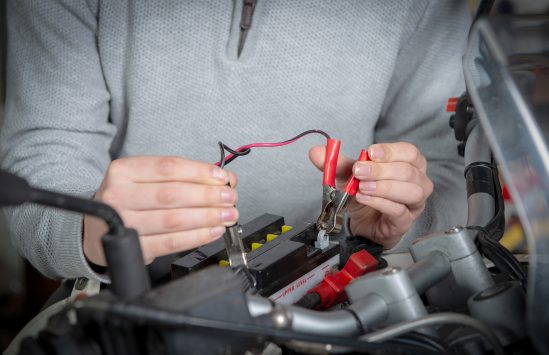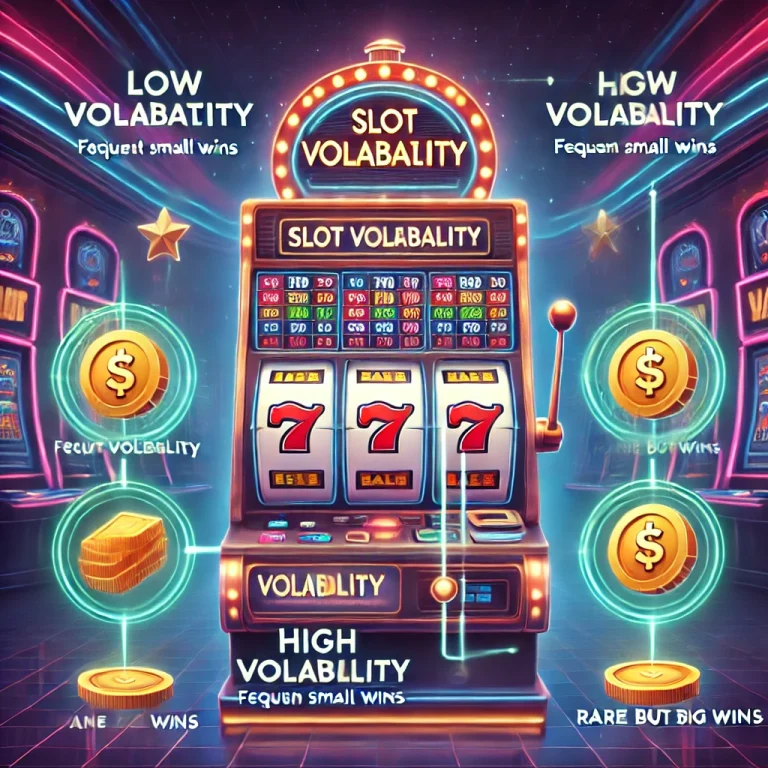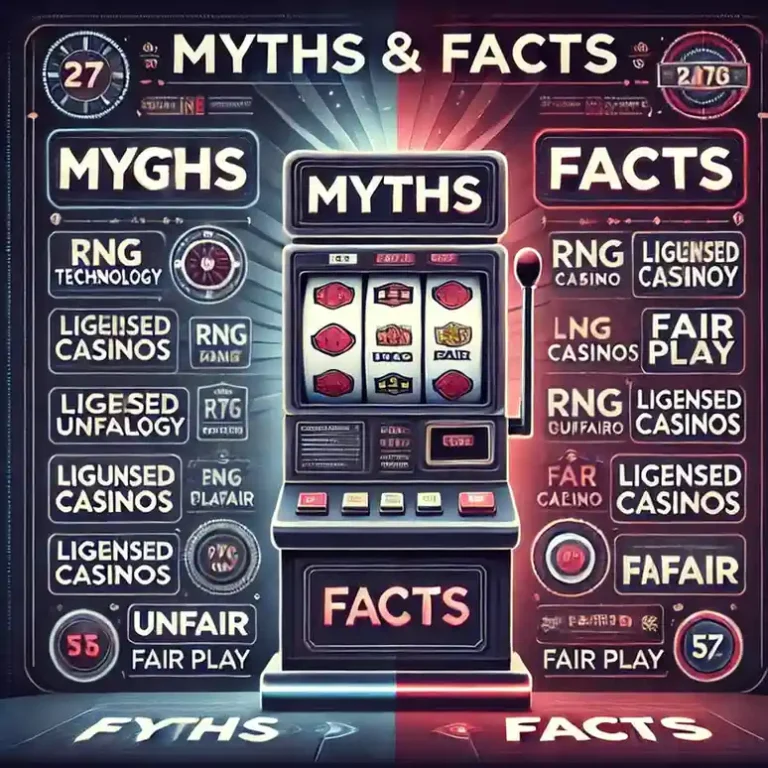How to Maintain Your Motorcycle Battery for Longer Life
Introduction: Why Battery Maintenance Matters

Your motorcycle’s battery is the heart of its electrical system, powering everything from the ignition to the lights and electronic accessories. A well-maintained battery ensures reliable performance and prevents inconvenient breakdowns. Neglecting battery care can lead to reduced lifespan, poor performance, and frequent replacements. This guide provides essential tips for maintaining your motorcycle battery and keeping it in top condition for longer life.
1. Understanding Your Motorcycle Battery
a. Types of Motorcycle Batteries
There are three main types of motorcycle batteries, each with its unique characteristics:
- Lead-Acid Batteries: Affordable and commonly used, but require regular maintenance, including topping up water levels.
- AGM (Absorbed Glass Mat) Batteries: Maintenance-free with better durability and resistance to vibration, ideal for modern bikes.
- Lithium-Ion Batteries: Lightweight, long-lasting, and high-performance, often used in sport and performance motorcycles.
Tip: Check your motorcycle’s manual to identify the recommended battery type for your bike.
2. Signs of a Weak or Failing Battery
Regularly inspecting your battery can help you catch problems early. Watch for these signs of a weak or failing battery:
- Slow engine cranking during startup.
- Dim headlights or flickering dashboard lights.
- Corrosion on battery terminals.
- Frequent need for recharging.
- Unusual noises or a clicking sound when starting.
Tip: If you notice any of these symptoms, test your battery with a multimeter to check its voltage.
3. Essential Motorcycle Battery Maintenance Tips
a. Keep the Battery Charged
A fully charged battery lasts longer and performs better. Avoid letting the battery discharge completely, as this can cause irreversible damage.
- Ideal Voltage: A healthy lead-acid or AGM battery should maintain a voltage between 12.6V and 12.8V. Lithium-ion batteries may have slightly higher resting voltages.
- Trickle Chargers: Use a smart trickle charger to maintain optimal charge levels, especially if the bike is unused for extended periods.
Tip: Disconnect the battery from the bike if storing it for a long time to prevent parasitic drain.
b. Clean the Battery Terminals
Corrosion on battery terminals can disrupt the connection, reducing performance and causing electrical issues.
- How to Clean Terminals:
- Disconnect the battery (negative terminal first).
- Use a mixture of baking soda and water to clean corrosion.
- Scrub with a soft brush or terminal cleaner.
- Rinse and dry thoroughly before reconnecting.
Tip: Apply a thin layer of dielectric grease to prevent future corrosion.
c. Check for Proper Connection
Loose or improperly connected terminals can lead to electrical problems.
- Tighten terminal bolts securely but avoid overtightening, which can damage the battery casing.
- Regularly inspect connections for signs of wear or damage.
d. Inspect the Battery Case
A damaged or swollen battery case is a sign of overheating or overcharging, which can lead to failure.
- Replace the battery immediately if you notice cracks, leaks, or swelling.
- Avoid exposing the battery to extreme temperatures to prevent damage.
Tip: Store your motorcycle in a climate-controlled environment to protect the battery.
e. Maintain Proper Fluid Levels (Lead-Acid Batteries Only)
If you use a conventional lead-acid battery, check the electrolyte levels regularly.
- Add distilled water if the fluid is below the minimum mark. Avoid overfilling.
- Never use tap water, as it contains minerals that can damage the battery.
Tip: Perform this check every few weeks, especially in hot climates where evaporation is higher.
4. Tips for Seasonal Storage
If you’re storing your motorcycle for an extended period, take extra precautions to protect the battery:
- Fully charge the battery before storage.
- Disconnect the battery to prevent parasitic drain.
- Use a battery tender or maintainer to keep the battery at the optimal charge level.
- Store the battery in a cool, dry place away from direct sunlight or freezing temperatures.
5. Tools for Battery Maintenance
Having the right tools can make battery maintenance easier and more effective:
- Multimeter: To measure battery voltage and check overall health.
- Smart Charger: For safe and efficient charging.
- Terminal Cleaner: Designed to clean and restore terminal connections.
- Battery Tender: Maintains the battery’s charge during long periods of inactivity.
- Distilled Water: For topping off lead-acid batteries.
6. When to Replace Your Motorcycle Battery
Even with proper maintenance, all batteries have a finite lifespan. Most motorcycle batteries last 2 to 5 years, depending on usage and type. Replace your battery if:
- It fails to hold a charge even after recharging.
- Voltage drops below 10.5V during a load test.
- It shows physical damage, leaks, or corrosion that cannot be cleaned.
Tip: Keep a record of your battery’s age and performance to track when a replacement might be needed.
7. Upgrading to a Better Battery
If you’re considering replacing your battery, upgrading to a more advanced type can offer benefits:
- Lithium-Ion Batteries: Ideal for reducing weight and increasing performance, especially for sport and adventure bikes.
- AGM Batteries: Great for durability and low maintenance, suitable for most modern motorcycles.
Conclusion: Keep Your Motorcycle Battery in Top Shape
A well-maintained battery is essential for reliable motorcycle performance and longevity. By following regular maintenance practices like charging, cleaning terminals, and inspecting for damage, you can extend your battery’s life and avoid unexpected issues. Investing in the right tools and taking precautions during storage will ensure your bike is always ready to ride.
With proper care, your motorcycle battery will deliver consistent performance, giving you the confidence and power you need on every journey.



